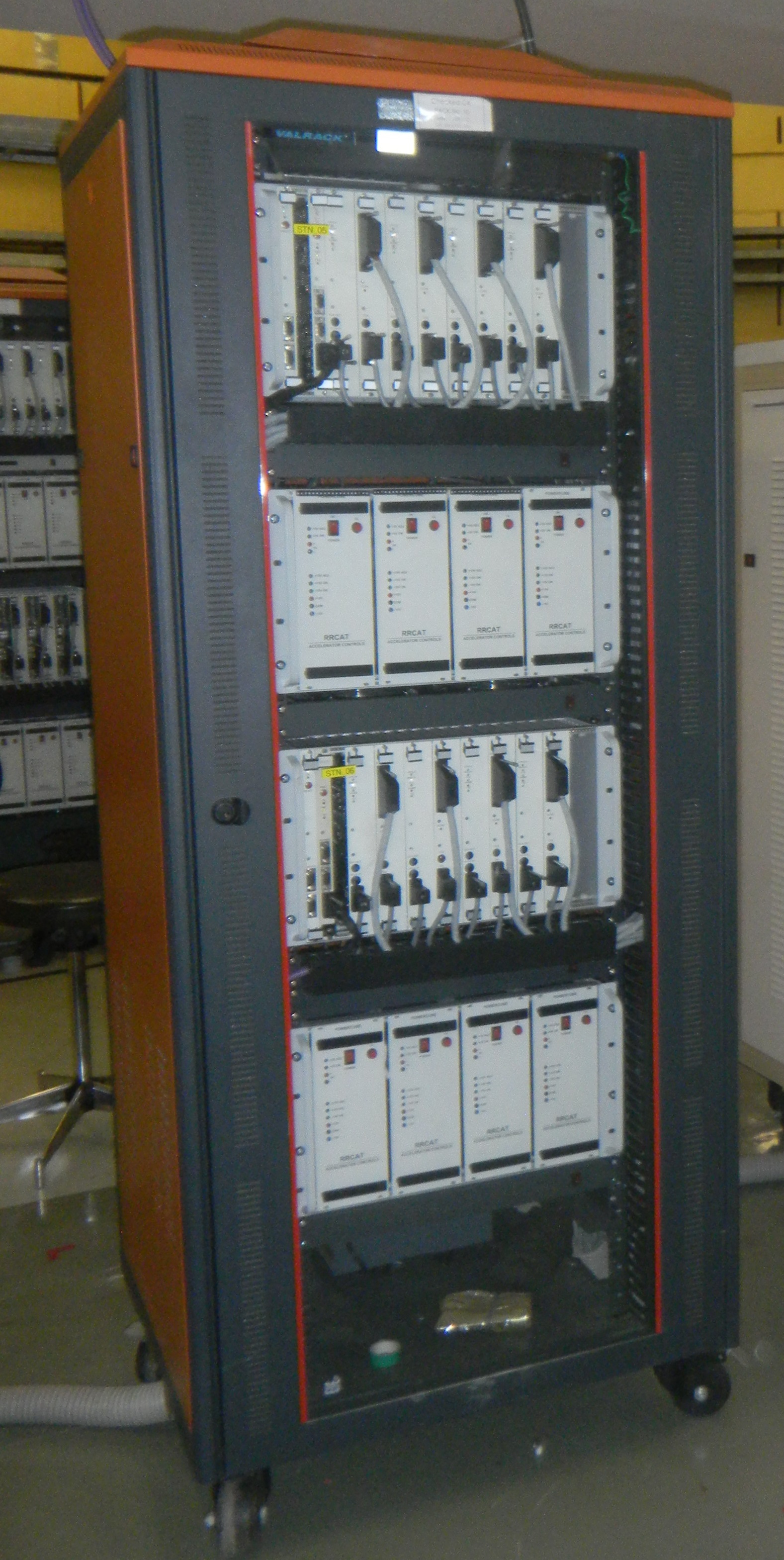- Home
- About RRCAT
- Organization
- R & D Activities
- RTI
- Opportunities
- Reports and News
- Tenders
Indore Regional Purchase Unit
Indore Regional Stores Unit
Administration
Construction and Services Division
Minor Fabrication
AMCs / CAMCs
Minor Purchase Tender Enquiries
- Related Links
- हिंदी
 |
Government of India | Department of Atomic Energy |  |
| Raja Ramanna Centre for Advanced Technology | ||















